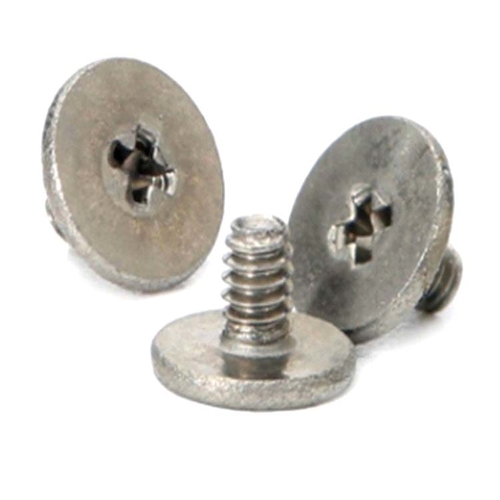Using a multimeter to check the internals of your device is also essential. It’s important to know what is wrong with your phone before you start trying to fix it. This way you can see if your problem is on the battery board or charge-board, so you can get it repaired as quickly as possible.

Tweezers for tiny parts
The best tweezers are anti-static and have a small end that can be used to poke at sensitive electronic components without damaging them. They also have a notch to hook wires and are easy to clean.
Magnetic mat to keep your screws organized
Taking apart a phone can lead to many loose and small parts that need to be kept in a safe place, and the magnetic mat is perfect for keeping them all together. Not only does it prevent your screws from rolling off the table, but it comes with separate boxes so you can organize them easily and use a dry-erase marker to label them.
If you’re working on a smartphone, it’s also a good idea to have a heat gun or hair dryer on hand, since most screen replacement DIY projects require you to heat up the adhesive before prying open the display. The heat softens the adhesive, making it easier to separate it and lessening your chance of breaking something.


 English
English  Español
Español
.jpg?imageView2/2/w/500/h/500/format/jpg/q/100)
.jpg?imageView2/2/w/500/h/500/format/jpg/q/100)
.jpg?imageView2/2/w/500/h/500/format/jpg/q/100)
.jpg?imageView2/2/w/500/h/500/format/jpg/q/100)
.jpg?imageView2/2/w/500/h/500/format/jpg/q/100)





